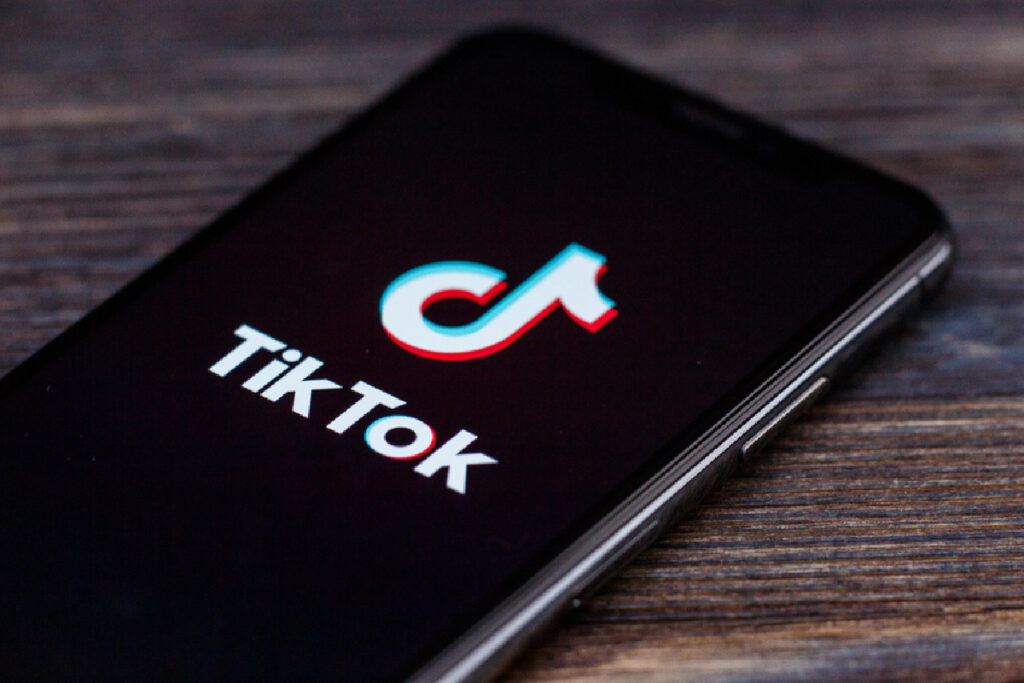If you are selling products from a website, there are three marketing methods you need to have covered:
- SEO
- Email marketing
- Search engine advertising (both keyword ads and product ads)
A mix of these forms the bedrock of sales for most successful ecommerce businesses, and together they should be driving 60 per cent to 80 per cent of your online sales. If that’s not happening for you then this is where you should start your marketing optimisation in 2020.
Take a look at your results and your strategy for each and identify what you could do to improve performance. What does that usually boil down to?
“A mix of marketing forms the bedrock of sales for most successful ecommerce businesses”
SEO
Poor SEO performance means either:
- Your website isn’t being accurately indexed by the search engines. Once you’ve fixed it – you don’t have to do anything else to stay accurately indexed.
- The search engine doesn’t understand what your website is about, because you haven’t put the right words in the right places on your site.
- Search engines don’t see your site as important. This is the tricky one to fix because it relies on getting other people to recommend (link to) your website.
Email marketing
Over the last few years I’ve come across a number of retailers who claim “email doesn’t work” for them. This is usually because they’re investing in the wrong strategy.
Depending on what you sell and who your target customer is are the best way to use email changes. For most retailers that means shifting from newsletters to segmentation and automation.
Maybe you need a different approach in your post-purchase campaign, to launch a welcome campaign, or start segmenting and personalising in a more intelligent way. And if you don’t yet have an abandoned basket campaign – build that now.
Search Engine Advertising
Like email marketing, different ecommerce stores will find different strategies work for them on Google Ads.
If you want to improve your Google Ads performance in 2020 there are three things you need to build, test and optimise:
- Google Shopping Campaigns
If you’re not using Google Shopping Campaigns – start. If you have Google Shopping Campaigns but you haven’t optimised your negatives or your product groupings in the last month – do that now, and weekly from now on. If you haven’t reviewed your use of the custom labels fields in the last 12 months – it’s time to do that too. If you have no idea what I’m talking about – speak to a Google Ads agency.
“A number of retailers claim “email doesn’t work” for them. This is usually because they’re investing in the wrong strategy”
- Google Keyword Ads
The amount of options you have with these changes every year – so make sure you’re on top of what you’re using, how it’s working for you, and your optimisation. If you’re not checking the account every week you are spending money you shouldn’t be.
- Audiences integrated with your customer journey
Every year driving a positive return from Google Ads becomes harder. One of my favourite ways to quickly improve ROI is to start using audiences based on customers’ relationships with a business.
This is possible because you can integrate lists of customers held in your CRM/email marketing platforms with your Google Ads (and Facebook Ads) accounts. That means you can put different ads in front of buyers rather than enquires, and bid differently on different keywords for each group.
This has the potential to take a non-performing ad account and make it profitable for you.
Facebook and Instagram Ads
Once you’ve got the three core marketing methods working, it’s time to look to the other marketing options.
You’d be crazy not to test Facebook and Instagram Ads (all managed via Facebook Ads). Results from these are very impressive for many retailers, often to the point that these become as important as the core marketing methods.
If you’ve not yet tried Facebook Ads – then they should be the first thing on your test list in 2020. That does not mean “boost posts” – this is not a Facebook Ads strategy.
Getting the audiences right is critical – so that’s where you should start your optimisation journey.
Other Options
“Getting the audiences right is critical – so that’s where you should start your optimisation journey”
While the above work for pretty much any ecommerce retailer, the rest of the marketing options out there may or may not work for you. Make sure you do some research before investing heavily in a test.
Here are three other marketing methods I’d consider for any ecommerce marketing test list for 2020:
Web Push Notifications
Customers sign up, then you can send them mini-notifications in their browser. Really simple marketing messages that drive impressive results.
Influencers
Influencer marketing success is all about the micro influencer. They have lower follower volumes, but much more passionate and engaged followers. Working with multiple micro influencers gives you a lot more scope to improve performance than working with one big influencers. It also means risking a lot less budget. Many ecommerce stores are finding great micro influencers among their own customer base.
Direct Mail
I started my retail career in the mail order sector, so I have a big space in my heart for direct mail. But that’s not why I’m recommending it to you, I’m recommending it to you because the returns can be phenomenal.
Whether you test sending a simple postcard about your new season, or go programmatic with mailings sent to people based on their actions – I think you’ll be really pleased with the results.
In 2020, the winning retailers will the businesses who know their core marketing methods inside out and are engaged in continuous optimisation of them.
Chloe Thomas is the author of eCommerce Marketing: How to Get Traffic that BUYS to your Website and a podcast host. To buy her book, click here
Click here to sign up to Retail Gazette‘s free daily email newsletter


















